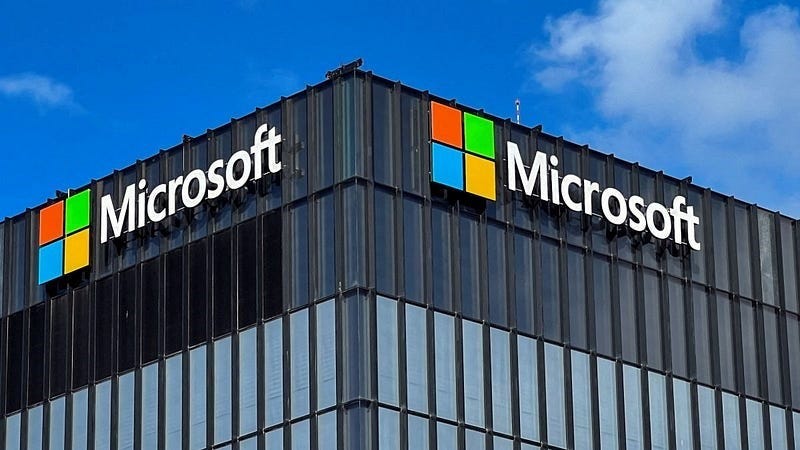Windows 10 Support Ends in 2025: What It Means for Users and What to Do Next
The end of Windows 10 support is not the end of your PC, but it does mark a turning point in your digital life.
On July 14, 2025, Microsoft officially reminded the world that support for Windows 10 will end on October 14, 2025.
This announcement marks the close of an era for one of Microsoft’s most widely used operating systems, which first launched in 2015 and quickly became a favourite for millions of users worldwide.
Windows 10 has had a successful run and track record of support to organisations and households around the world since its release on July 29, 2015. But technology moves quickly, and unsupported systems are an easy target for cybercriminals. While October 2025 may seem far away, planning ahead will keep you and your digital life secure.
Now, with the end-of-support date approaching, many are wondering what this really means and what steps to take next.
What the End of Support Means
When Microsoft says “end of support,” it doesn’t mean your computer will stop working overnight. Instead, it means:
No more security updates
Any new vulnerabilities discovered after October 14, 2025, will remain unpatched, making your PC increasingly vulnerable to malware and cyberattacks.No bug fixes or improvements
System glitches or performance issues won’t be corrected.No technical support
Microsoft will no longer provide help or troubleshooting for Windows 10.Declining software compatibility
Over time, app developers may stop updating or supporting their software on Windows 10. So while your PC will continue to function, its safety and reliability will decline.
What Are Your Options?
If you’re a Windows 10 user, you have three main options before the deadline:
1. Upgrade to Windows 11
If your PC meets Windows 11’s requirements (like TPM 2.0 and Secure Boot), upgrading is the smoothest option. You’ll get ongoing updates, security protections, and access to the latest features.
2. Buy a New PC
For older machines that don’t meet Windows 11 requirements, purchasing a new device with Windows 11 pre-installed may be more cost-effective than trying to upgrade outdated hardware.
3. Extended Security Updates (ESU)
Microsoft may offer paid extended updates for organisations that need extra time, but this program is primarily for businesses, not home users.
What If You Can’t Upgrade to Windows 11?
Not everyone can or will upgrade to Windows 11. If you find yourself in that group, here are some practical steps to remain secure and productive:
Strengthen Your Security
Use a reputable third-party antivirus.
Keep your browser and essential apps updated.
Be extra cautious with downloads, email attachments, and links.
2. Switch to an Alternative Operating System
Consider trying Linux distributions like Ubuntu, Linux Mint, or Zorin OS. These are user-friendly, run smoothly on older hardware, and continue receiving security updates.
3. Limit Sensitive Activities
Avoid using your Windows 10 PC for high-risk tasks such as online banking or storing confidential information.
4. Use the Device Offline
Repurpose the machine for offline activities, such as media storage, running older apps, or personal projects, where the security risks are minimal.
Frequently Asked Questions (FAQ)
Will my PC stop working after October 14, 2025?
No. Your computer will still run, but without updates or support from Microsoft.Can I keep using Windows 10 after support ends?
Yes, but it’s not recommended. The lack of security updates makes your PC more vulnerable.Do I have to buy a new computer?
Not necessarily. If your current PC meets the requirements, you can upgrade to Windows 11 for free. If not, you’ll need to consider new hardware or an alternative system.What happens to my files if I upgrade or switch systems?
Upgrading to Windows 11 usually keeps your files intact, but it’s always best to back them up first. Switching to Linux or purchasing a new PC may require manually transferring files.Will Microsoft extend Windows 10 support?
For home users, no. But for businesses, Microsoft may offer paid Extended Security Updates (ESU), but this option does not typically apply to most individuals.
Conclusion
The end of Windows 10 support is not the end of your PC, but it does mark a turning point. The safest step is to prepare early by upgrading to Windows 11, buying a new computer, or exploring alternative systems. October 14, 2025, is closer than it looks. Taking action now ensures you won’t be caught off guard when the deadline arrives.



They are welcome to the penguin family.
Thanks but no, thanks. Windows everytime , anyday.